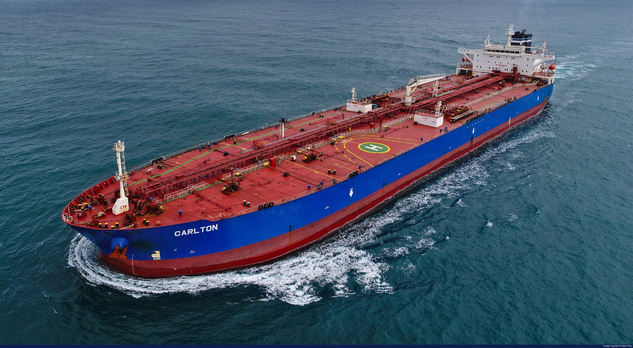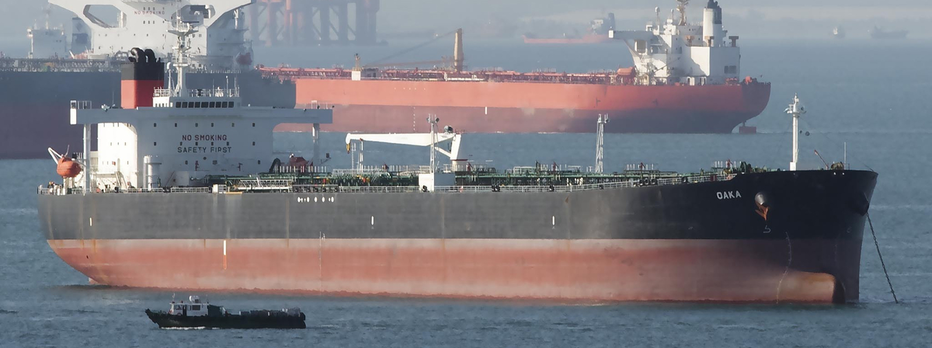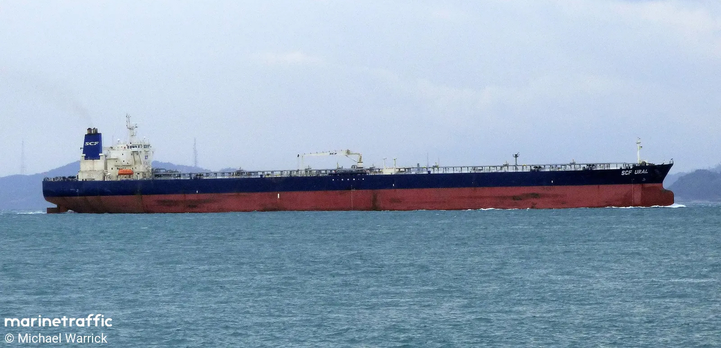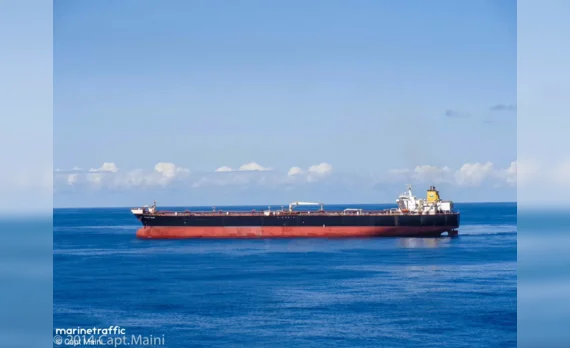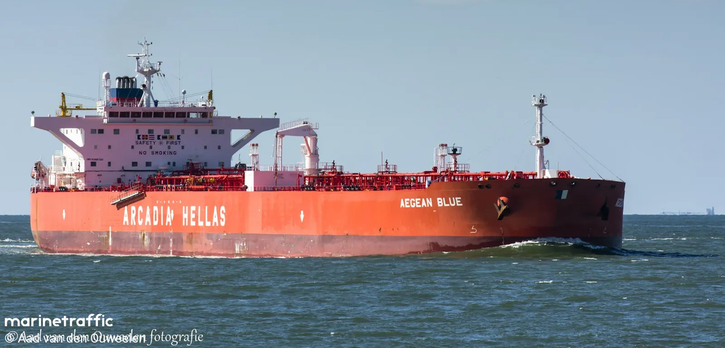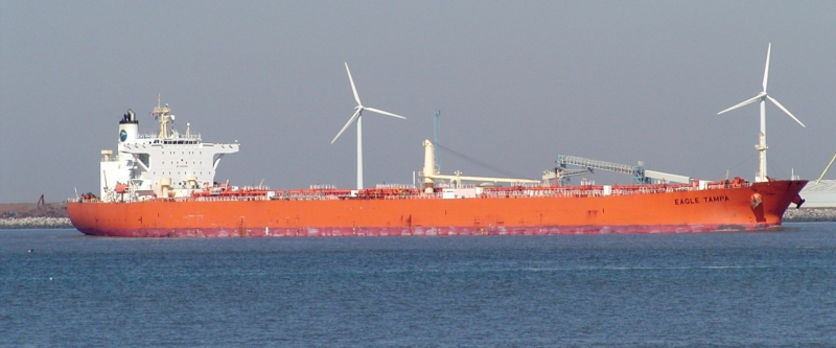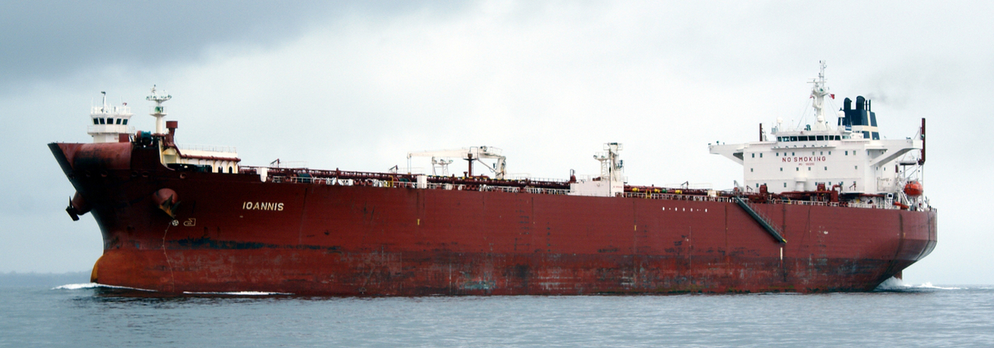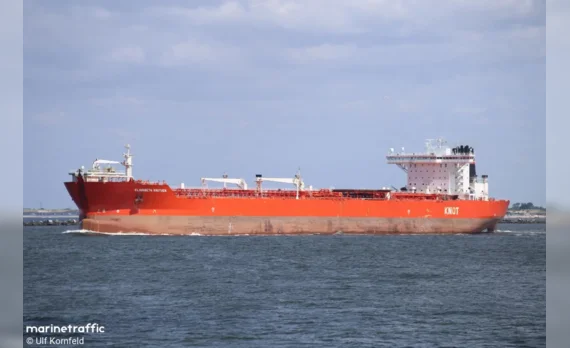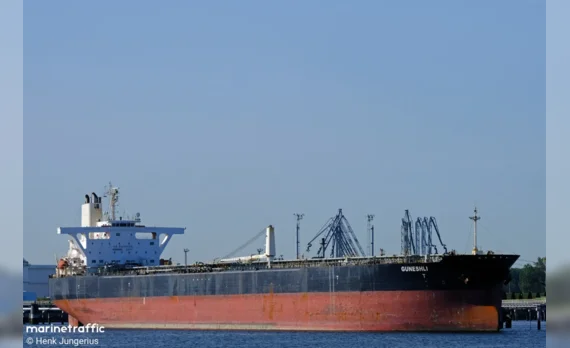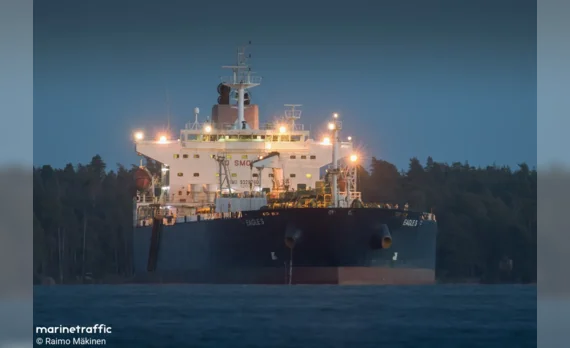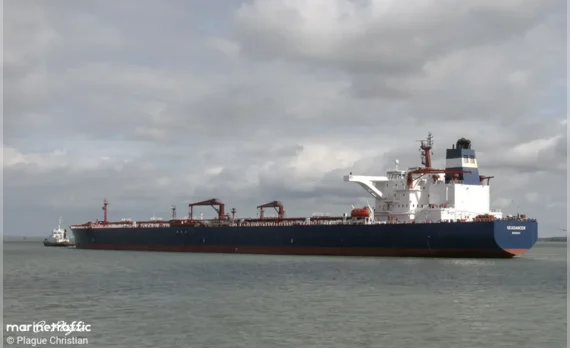The tanker is involved in the transportation of russian oil/oil products from russian ports in the Baltic Sea to third countries, deceptive shipping practices, including conducting dark activities in the Baltic Sea near the russian port of Ust-Luga, is used by russia as a spy platform aimed at monitoring NATO naval and air activities, and is involved in sabotage activities in the Baltic Sea.
On December 26, 2024, the tanker was detained by an authorized Finnish authority. The vessel is suspected of anchoring the Estlink 2 submarine cable on December 25, 2024. The National Bureau of Investigation of Finland is conducting criminal proceedings on suspicion of committing an aggravated crime. According to the Finnish National Bureau of Investigation, the Eagle S was dragging its anchor along the seabed in the area where the Estlink 2 submarine cable was damaged. After the vessel was detained, it was discovered that the tanker had no anchor. On January 07, 2025, the anchor was raised by the Swedish ship HMS Belos. According to the Finnish transport and communications agency Traficom, the tanker Eagle S is unseaworthy - after state port control, 32 faults were found on the vessel, three of which were critical: fire safety violations, malfunctioning navigation equipment and ventilation problems in the pump room.
According to the British publication Lloyd's List, in a series of confidential documents about the Eagle S obtained in June 2024, the Eagle S and the related sanctioned tanker Swiftsea Rider (IMO 9318539) 'were equipped with listening and receiving devices to monitor NATO naval vessels and aircraft'. The spy equipment was installed on board the Eagle S in large portable suitcases (including laptops with keyboards in russian and Turkish to make calls to Turkey and russia) and was used to monitor radio frequencies, record NATO messages and transmit the collected data to the russian authorities. Similar systems were present on the Swiftsea Rider tanker. According to the Lloyd's List source, the equipment was stored on the bridge or on the 'monkey island' (the highest place on the ship), operated by russian, Turkish, and Indian officers, and the devices were unloaded for analysis upon arrival in russia. Also, according to a Lloyd's List source, an unauthorized person was identified on board the Eagle S who was not a member of the ship's crew.
The Eagle S and Swiftsea Rider tankers are linked to the same shadowy network created in the interests of the sanctioned russian Lukoil, when, in the face of sanctions on russian oil, more than 20 tankers were purchased in 2022-2023 and transferred under bareboat charter to Eiger Shipping by the shipping division of the russian oil trader Litasco, affiliated with Lukoil. According to the Financial Times investigation, the purchased tankers were transferred under the Cook Islands flag and under the management of sanctioned Dubai companies - Radiating World Shipping (16 vessels) and Star Voyages Shipping Services (6 vessels).
According to the British publication Lloyd's List, the tanker Eagle S is one of dozens of shadow tankers involved in the russian oil/oil products trade, and is affiliated with the Indian company Peninsular Maritime India PVT, which is affiliated with two sanctioned companies Radiating World Shipping Services (UAE) and Star Voyages Shipping Services (UAE). Radiating World Shipping Services (UAE) and Star Voyages Shipping Services (UAE) are considered to be the leading shadow fleet operators that played a key role in the export of russian oil/oil products under sanctions in 2022-2023. After the United Kingdom imposed sanctions on Radiating World Shipping Services (UAE) and Star Voyages Shipping Services (UAE) in December 2023, the companies ceased operations and transferred their fleets to related companies, including Peninsular Maritime India.
Despite the fact that the shipowner and commercial manager of the tanker Eagle S is Caravella LLC-FZ, based in the UAE, the ISM manager of the vessel is the Indian company Peninsular Maritime India PVT, according to the website of the Indian company Uniocean Marine Services, the Eagle S belonged to its fleet, but after Finland arrested the tanker for damaging the Estlink 2 submarine cable, information about the Eagle S in the Uniocean Marine Services fleet was removed from the company's website. At the same time, the website states that the company's fleet includes a number of sanctioned tankers affiliated with the sanctioned shadow fleet operators Radiating World Shipping Services (UAE) and Star Voyages Shipping Services (UAE).
On May 20, 2025, the EU imposed sanctions, which enter into force on May 21, 2025, on the tanker for the transportation of crude oil/petroleum products originating in or exported from russia, using irregular high-risk shipping practices as specified in the International Maritime Organization General Assembly Resolution A.1192(33).
On June 03, 2025, the sanctions imposed by Switzerland on the vessel came into force.
In June 2025, Canada imposed sanctions on the vessel.
On July 21, 2025, the United Kingdom imposed sanctions on the vessel.
